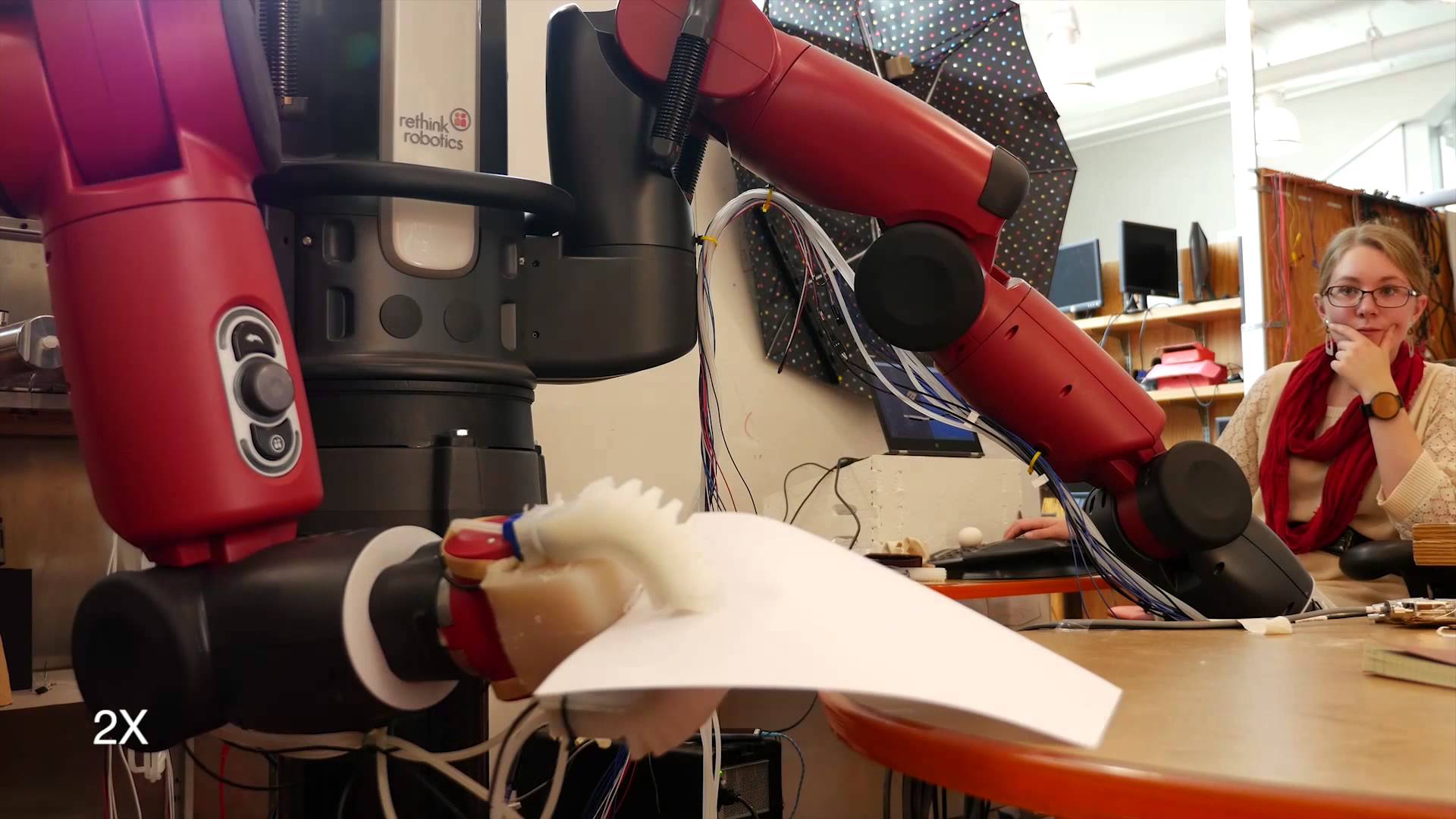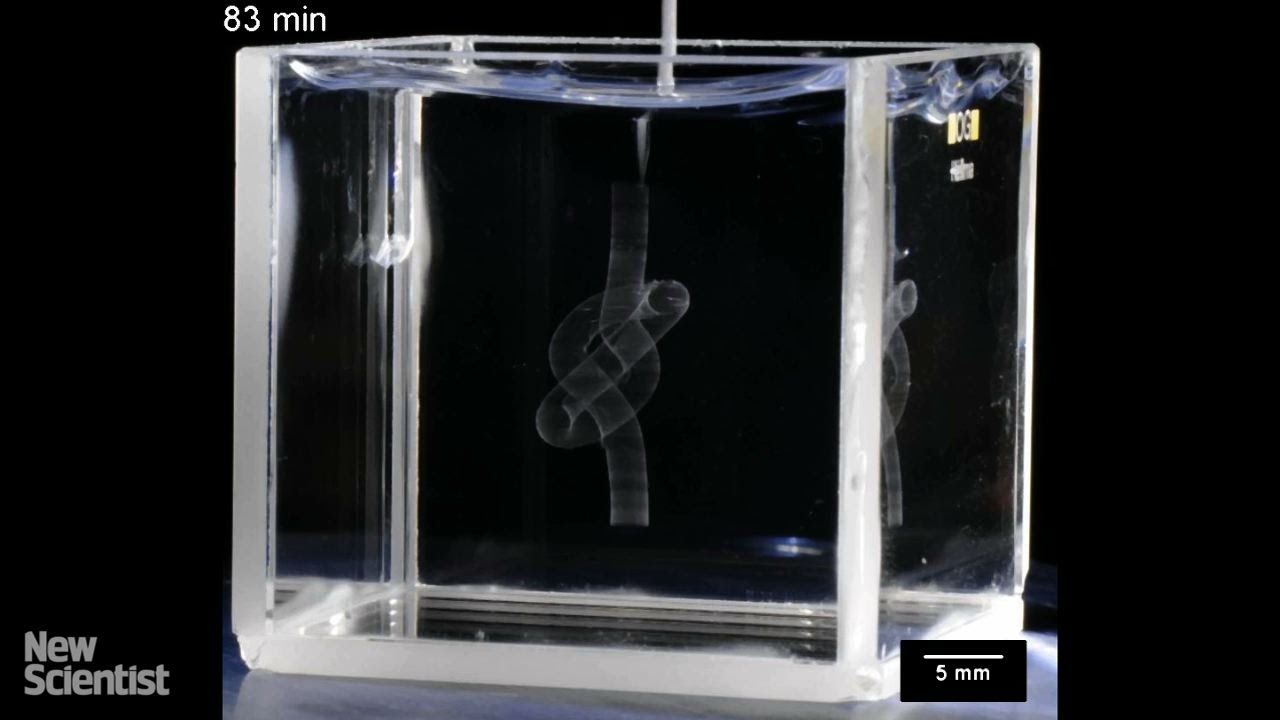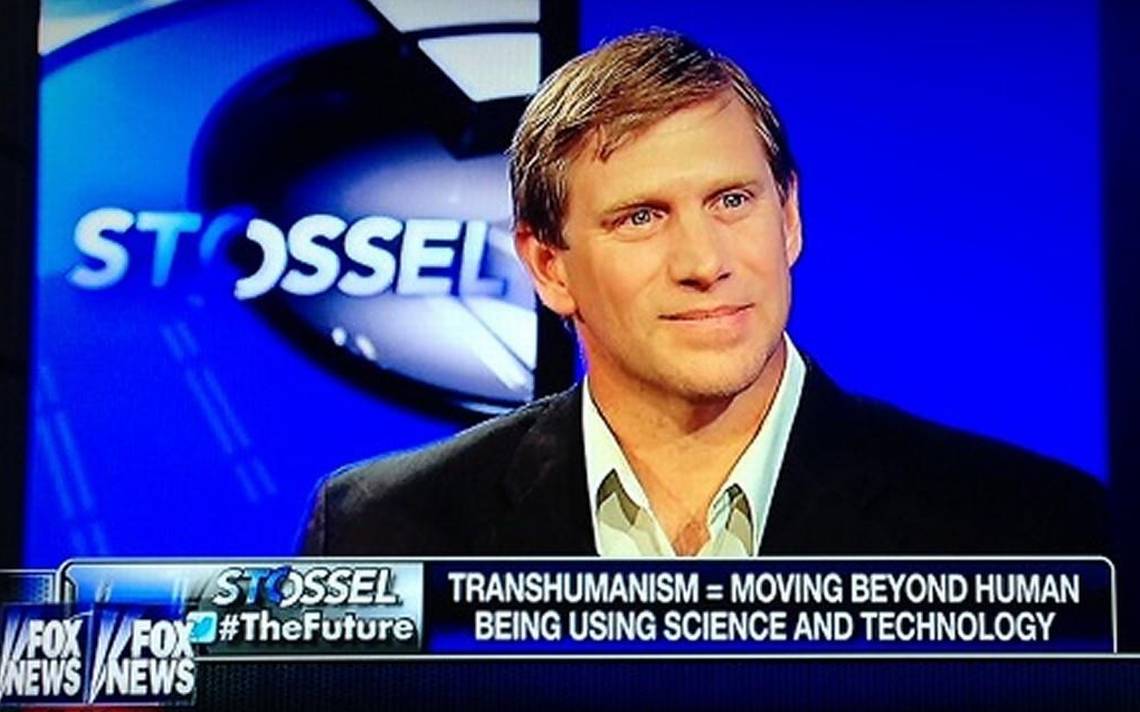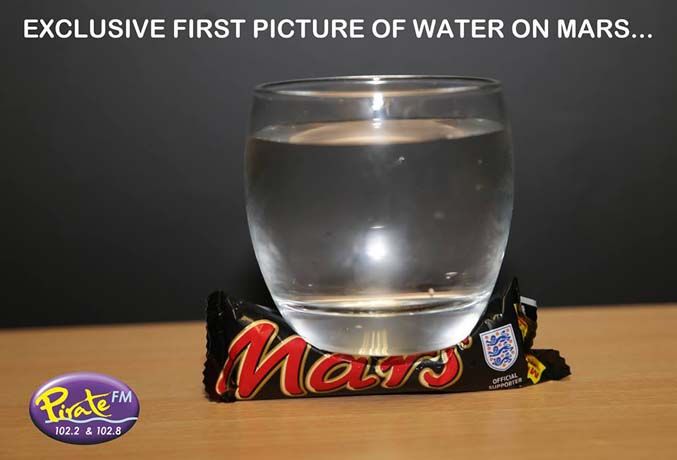Tesla’s Model X has a feature that can filter the air to the quality of a hospital operating room.
If you have zero blood type then your genetic heredity offers you the opportunity to be strong, productive, have a long life and be optimistic.
This blood type is original type of our ancestors who were smart and aggressive predators. The persons with this blood type have important role in the society.
Engineers at MIT have built a three-fingered robotic hand that can identify and safely grasp delicate objects by relying on an increasingly popular approach to making robots useful: making them soft.
Human hands are not easy for robotics engineers to emulate. The simple act of picking up an item involves all kinds of abilities that humans don’t notice. Among other things, our grip has to be secure without crushing the thing we’re grasping, and our fingers have to form shapes that can fit many types of objects — everything from a sheet of paper or a piece of fruit to a pencil or a living thing.
Researchers at MIT’s Computer Science and Artificial Intelligence Laboratory designed a soft silicone “hand” with embedded sensors that they can train to recognize different things. The team will present its research at this month’s International Conference on Intelligent Robots and Systems in Hamburg, Germany.
While scientists have had success in the past printing structures like “bionic ears,” a clear path to making functional internal organs and tissue hasn’t really emerged. However, researchers at the University of Florida in Gainesville have developed a way of printing complex objects in gel, a method that could help pave the way to 3D-printed organs in the future.
The hard thing about printing intricate organic structures like blood vessels and complicated organs is that they collapse under their own weight before they solidify. The gel here, which is made of an acrylic acid polymer, acts as a scaffold to hold the structure in place during the printing process. That approach has already allowed the team to print with organic materials — and even make a replica of a human brain.
Printing in gel isn’t an entirely new idea. And, of course, the method isn’t perfect. For one thing, using inorganic gel as a scaffold can’t keep organic tissue alive. For another, printing very small objects could lead to some particles slipping through the material. However, it’s certainly a solid step forward on the way to printing organs for patients in need someday.
Terraforming can be approximately defined as transforming the state of any heavenly bodies such as moons, planets to that of Earth.
Pulitzer-prize winning science writer Jonathan Weiner writing about transhumanism and longevity issues:
Science writer Jonathan Weiner writes: Even if you’ve been following the presidential campaign pretty closely, you may not have heard about Zoltan Istvan, the hopeful from the newly formed Transhumanist Party. Istvan’s platform is simple: We should all live forever. He’s driving across the country in a bus painted to look like a coffin, with big white letters on its side: “Immortality Bus.”
Researchers have developed a new technique to produce a 3D ‘micro-printed’ array of needles capable of drug delivery. The technique would offer a pain-free drug delivery device that would allow drugs to diffuse within the body as the biomaterial device degrades in the body. This offers treatments for a wide range of diseases, including melanoma cancers.
The results are published today, Wednesday 30th September, in the journal Biofabrication .
The researchers, based at the University of Akron and the University of Texas, report producing a drug-loaded array for transdermal delivery of a chemotherapeutic drug, fabricated using microstereolithography. The arrays consisted of 25 poly(propylene fumarate) microneedles, each needle having a tip and base diameter of 20 µm and 200 µm, respectively, and a height of 1 mm.
The brand new space opera novel Lightless is a fast-paced, gripping read, and like all good science fiction, explores the human side of cutting-edge scientific concepts. We talked to debut author C.A. Higgins about using real physics in her story.
In Lightless, a prototype spaceship on its maiden voyage on behalf of a totalitarian regime is infiltrated by escaped terrorists. And it’s up to Althea, a socially awkward computer scientist who prefers the company of the Ananke’s disturbingly sentient electronic system to that of her crewmates, to save the day as her well-ordered world begins to unravel.
http://www.amazon.com/Lightless-C-A-Higgins/dp/0553394428?ta…9236004136
Published on YouTube in April 2015.









